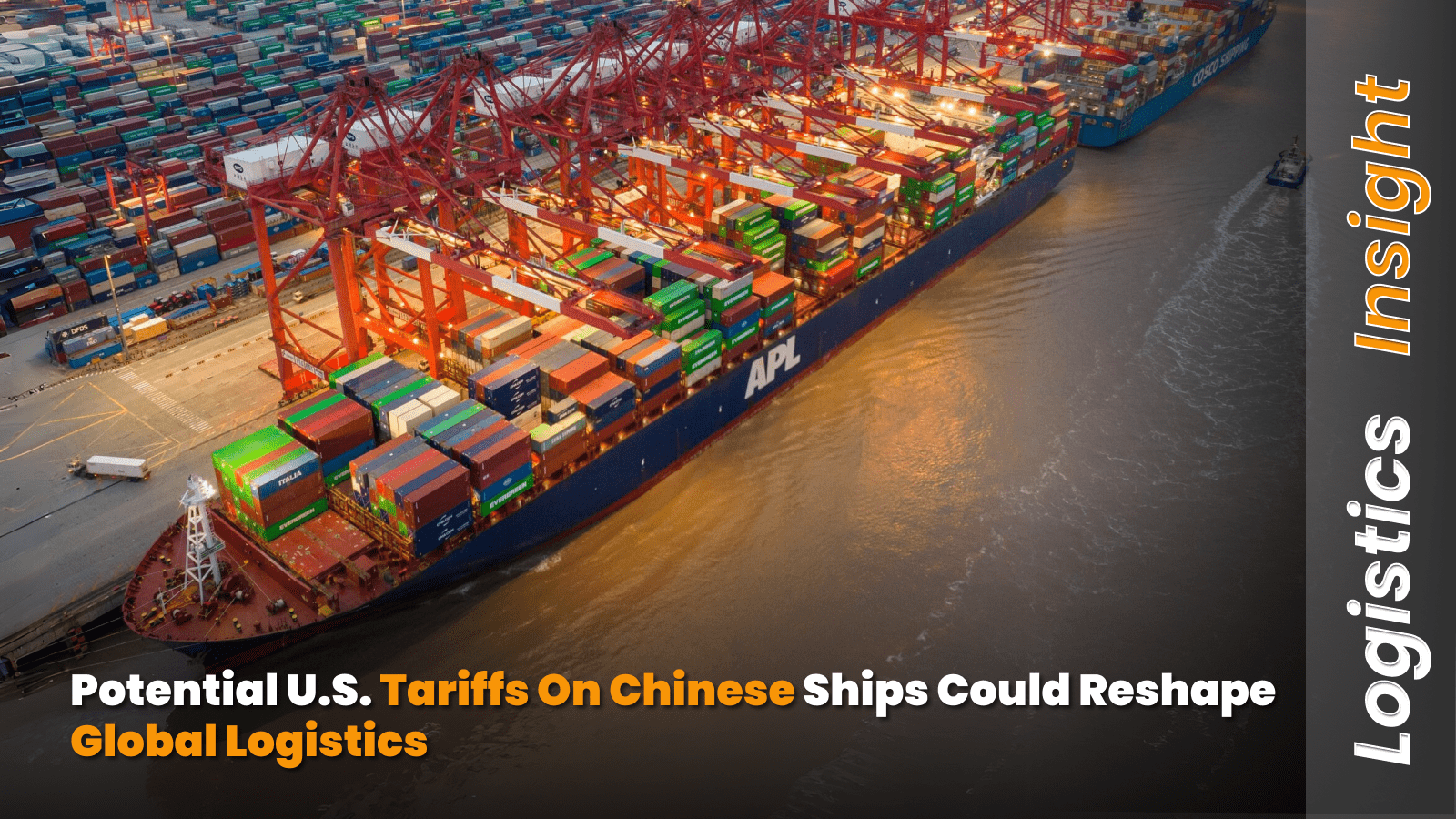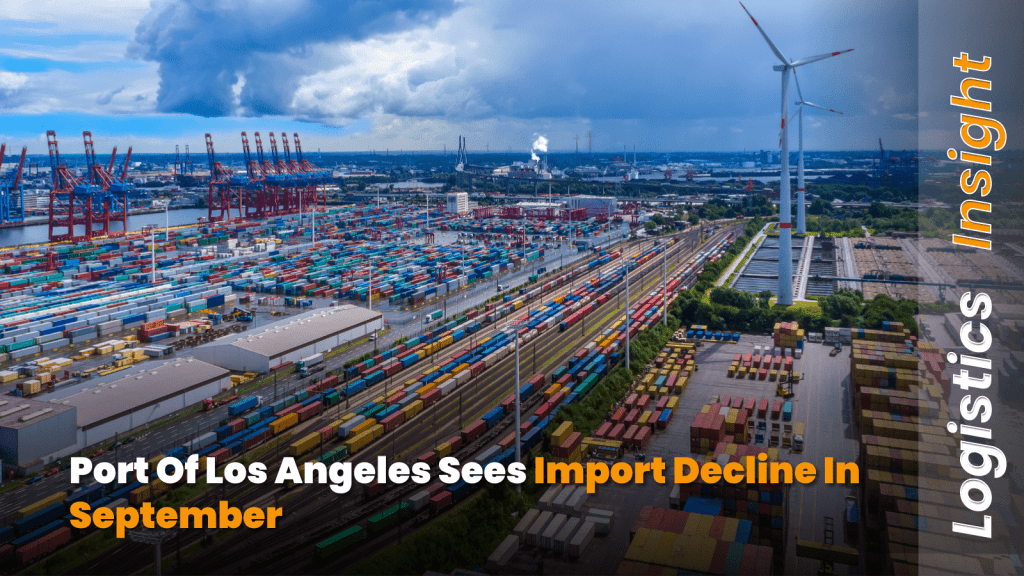
Potential U.S. Tariffs on Chinese Ships Could Reshape Global Logistics
The U.S. government is considering imposing substantial fees on Chinese-built or Chinese-flagged ships that call at American ports, a move that could significantly impact global shipping costs and supply chains. If implemented, these proposed levies—reaching up to $1.5 million per port visit—could raise freight rates and consumer prices while attempting to counter China’s dominance in shipbuilding.
Aims of the Proposed Fees
The U.S. Trade Representative (USTR) has outlined the measures as part of a broader strategy to reduce China’s stronghold over the maritime, logistics, and shipbuilding industries. According to USTR findings, China now accounts for more than 50% of global shipbuilding tonnage, a stark increase from just 5% in 1999. The proposed fees are aimed at bolstering U.S. shipbuilding capabilities and increasing the share of U.S.-flagged vessels in international trade.
How the Fees Would Work
The proposed tariff system includes the following key elements:
- A $1 million charge for each visit by a Chinese-owned containership to a U.S. port.
- Fees ranging from $500,000 to $1.5 million for any vessel built in China, based on the percentage of Chinese-made ships in the carrier’s fleet.
- Additional charges for carriers with significant orders placed at Chinese shipyards.
- Refund incentives of up to $1 million per entry for carriers operating U.S.-built ships at U.S. ports.
Over time, the administration intends to mandate that a growing percentage of U.S. exports be transported via U.S.-built, U.S.-flagged, and U.S.-operated vessels. Within seven years, at least 15% of U.S. goods would need to be exported using U.S.-based fleets.
Potential Ripple Effects on Global Shipping
Industry experts warn that these fees could significantly alter global trade dynamics, with major ocean carriers across Asia and Europe feeling the impact. The World Shipping Council, which represents major shipping lines, has expressed concerns that the proposed fees could reduce the competitiveness of U.S. exports, increase consumer prices, and divert trade routes to Canada and Mexico.
Analysts estimate that these tariffs could add between $150 and $300 per container shipped from China to the U.S. West Coast. Given the volume of international trade, these costs could translate into higher prices for American businesses and consumers, affecting industries ranging from retail to manufacturing and agriculture.
The State of U.S. Shipbuilding
One of the key goals of the tariff proposal is to revitalize U.S. shipbuilding. However, the industry currently faces significant challenges:
- U.S. shipyards account for only 0.1% of global commercial vessel production, a sharp decline from 5% in the 1970s.
- The largest containerships built in the U.S. can carry just 3,600 containers, less than half the capacity of the average ship calling at U.S. ports today.
- The cost of building ships in the U.S. is two to three times higher than in Asia, making it difficult to compete on a global scale.
While lawmakers from both major parties support initiatives to strengthen U.S. shipbuilding, experts argue that it will take years of investment and supply chain development to achieve competitive production levels.
What’s Next?
The USTR is set to hold hearings on the proposed fees starting March 24. A final decision will then be made by the administration on whether to move forward with the implementation.
As global logistics networks brace for potential changes, businesses that rely on international trade should closely monitor developments. If enacted, these policies could reshape freight strategies, impact shipping routes, and contribute to rising transportation costs across multiple industries.



